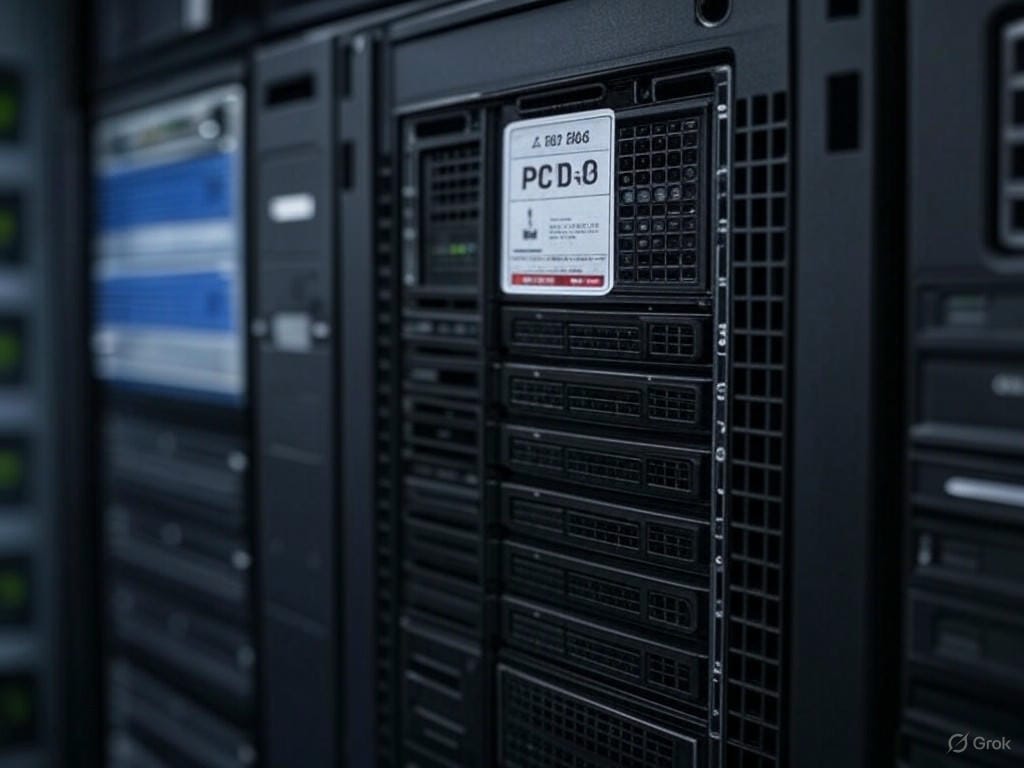Mastering PCI-DSS Compliance in Docker: A Comprehensive Guide to Securing Containerized Payment Systems
In the rapidly evolving world of digital payments, securing systems that handle credit card data is paramount. The Payment Card Industry Data Security Standard (PCI-DSS) provides a robust framework of security requirements designed to protect sensitive information and prevent data breaches. As containerization technology, particularly Docker, becomes a cornerstone for developers and DevOps teams seeking flexibility and scalability, ensuring PCI-DSS compliance in these environments is critical. This comprehensive guide explores how to align Docker-based systems with PCI-DSS standards, offering actionable insights and best practices for building secure containerized payment systems.
What is PCI-DSS and Why Does It Matter for Docker?
PCI-DSS is a globally recognized standard established by the PCI Security Standards Council to safeguard credit card data. It outlines 12 key requirements grouped under six overarching goals, including building secure networks, protecting cardholder data, maintaining a vulnerability management program, implementing strong access control measures, regularly monitoring and testing networks, and maintaining an information security policy. For businesses processing credit or debit card transactions—whether through e-commerce platforms or brick-and-mortar stores—compliance is non-negotiable to avoid hefty fines and protect customer trust.
With Docker’s rise as a leading containerization platform, many organizations are leveraging its capabilities to deploy applications efficiently. However, the dynamic and fast-paced nature of container environments introduces unique challenges for PCI-DSS compliance. Containers are ephemeral, often run multiple processes, and can interact with various network layers, making it essential to apply stringent security controls to meet PCI standards.
Key Principles for Achieving PCI-DSS Compliance in Docker
1. Secure Container Image Creation
One of the foundational steps in securing Docker containers for PCI-DSS compliance is creating trustworthy and minimal container images. Use lightweight base images like Alpine or Distroless to minimize the attack surface, avoiding bloated or outdated images that may harbor vulnerabilities. Ensure all dependencies are pinned to specific versions to prevent unexpected updates that could introduce security flaws. Regularly rebuild and scan images using tools like Trivy or Clair to detect and remediate known vulnerabilities. Integrating these scans into your CI/CD pipeline ensures continuous security validation, aligning with PCI-DSS requirements for maintaining secure systems and applications.
2. Adhering to the Principle of Least Privilege
PCI-DSS emphasizes limiting access to sensitive data and systems. In Docker, this translates to configuring containers with the principle of least privilege. Set root filesystems to read-only, drop unnecessary Linux capabilities, and run processes as non-root users whenever possible. Avoid mounting sensitive data or secrets directly into the container filesystem; instead, use secret management tools or Kubernetes sealed secrets to securely manage credentials and configuration data. These practices prevent unauthorized access to cardholder data and reduce the risk of privilege escalation attacks.
3. Implementing Robust Network Security
Networking is a critical focus area for PCI-DSS, which requires network segmentation and strict access controls to protect cardholder data. Docker’s default bridge networking is insufficient for high-security environments. Instead, use user-defined overlay networks with well-defined ingress and egress rules to control traffic flow. Implement firewalls, service meshes, and network policies to prevent unauthorized communication between containers, especially across different trust zones. By isolating containers handling sensitive data, you can ensure compliance with PCI-DSS requirements for secure network architectures.
4. Enforcing Multi-Layered Access Controls
Strong access control measures are a cornerstone of PCI-DSS compliance. In Docker environments, apply role-based access control (RBAC) within orchestrators like Docker Swarm or Kubernetes to restrict administrative privileges to authorized personnel only. Secure host-level access to the Docker daemon, as it provides root-level access to the underlying host machine. Limit developer access to production environments and enforce strong authentication and audit logging for all access attempts. These controls ensure that only necessary individuals can interact with systems processing cardholder data, aligning with PCI-DSS access control mandates.
5. Ensuring Auditability and Real-Time Monitoring
Auditability is a non-negotiable aspect of PCI-DSS, requiring organizations to log and monitor all activities related to cardholder data. In Docker, containers should log system calls, access attempts, configuration changes, and network activities comprehensively. Use centralized logging solutions like Fluentd or the ELK stack (Elasticsearch, Logstash, Kibana) to aggregate and analyze logs in real time. Additionally, implement continuous monitoring tools to detect and respond to threats instantly. Regular testing of security systems and processes, as mandated by PCI-DSS, helps identify and address vulnerabilities before they can be exploited.
6. Single-Function Containers for Enhanced Security
A key recommendation from recent PCI-DSS guidance on containers is to ensure that each container runs only a single process or application. For instance, in a Dockerized web application, separate the web server and database into distinct containers to minimize the risk of cross-contamination. Similarly, dedicate Docker hosts exclusively to container workloads, avoiding the co-location of unrelated services. This approach simplifies security management and aligns with PCI-DSS requirements for maintaining secure environments.
Overcoming Challenges in Containerized PCI-DSS Compliance
Meeting PCI-DSS requirements in a containerized environment can be complex due to the ephemeral nature of containers and the rapid pace of development. A compliance violation could stem from untracked processes, unauthorized connections, or unmonitored file modifications. To address this, leverage tools like Sysdig Secure for real-time visibility into container activities and to validate compliance for Docker and Kubernetes environments. Staying updated with the latest PCI-DSS guidance for containers and orchestration tools, as published by the PCI Security Standards Council, is also crucial for applying best practices.
Conclusion: Building a Secure Future with Docker and PCI-DSS
Achieving PCI-DSS compliance in Docker environments is not only possible but essential for organizations processing payment card data. By focusing on secure image creation, least privilege principles, robust networking, access controls, auditability, and single-function containers, businesses can build secure containerized payment systems that meet stringent PCI-DSS standards. As container technology continues to evolve, staying proactive with security updates, vulnerability management, and compliance validation will ensure that your Docker deployments remain resilient against threats and aligned with industry best practices. Protect your customers’ data and maintain trust by mastering PCI-DSS compliance in your containerized ecosystems today.

Leave a Reply